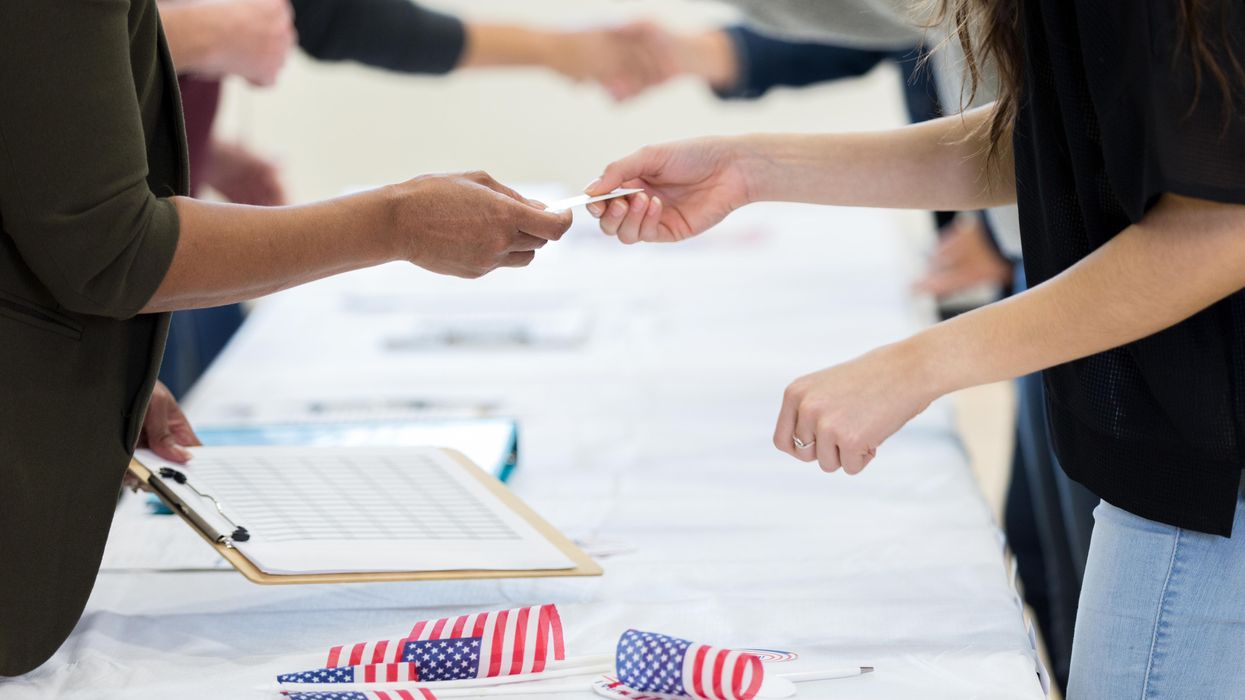As New York prepares to choose its next city council and mayor in primaries this week, it’s worth remembering that the road to gender equality in the nation’s largest city has been long and slow.
Before 2021, New York’s 51-member council had always been majority male. Women hadn’t even gotten close to a majority. The best showing had been 18 seats, just a tick above 35 percent.
That all changed with ranked choice voting (RCV). In 2021, voters elected not only a women-majority council but nearly doubled the previous high, with 31 seats.
RCV helped make the difference. Why is this? Research finds that women have better opportunities to run and win ranked choice elections. More women can jump into the race without fear of splitting the vote with one another—and without being told to “wait their turn.”
It’s not just New York. In 2024, St. Paul, Minn., made history with an all-female city council—a first for the Minnesota state capital, but also, experts said, for any major U.S. city. In addition, all seven women were under 40. Six out of the seven councilors elected were women of color.
Whether in red Utah and Alaska, blue California, or purple Minnesota, the results were uniform: as cities introduced ranked choice voting, more women ran and won, and states and localities that had never before come close to gender equity now approached or surpassed it. In 2024, Alaska elected more women than men to its state legislature for the very first time.
In the roughly dozen Utah cities that have used RCV to elect councils, the number of seats held by women has soared to 40 percent. In Portland, Oregon, which used a proportional form of ranked choice voting for the first time in 2024, the city council seems to reflect the city in every way, including gender balance. Oakland elected its first woman mayor using RCV in 2010—then its second, then its third, and, just this April, the city elected Barbara Lee, its fourth woman mayor in a row, all elected with RCV.
By January 2024, of the 41 cities that held ranked choice elections, women held 53 percent of the council seats, according to research from RepresentWomen. In contrast, in the 100 largest cities in America, women held only a third.
Ranked choice voting works because it delivers more voice, more choice, and more representative outcomes. Voters crave choice in elections. But the reality of many candidates in a single-choice election is a giant headache. Voters have the nearly impossible task of trying to determine whether their favorite candidate has a chance to win or whether they should vote for someone they liked well enough who might be polling a little better.
Meanwhile, candidates elbow each other out of the race—fearing the vote will otherwise be split among ideologically or demographically similar options. The loser? As we’ve learned from conversations with leaders in New York and across the country, it’s most often women—or candidates of color—who are told to “wait their turn.” Candidates get picked in back rooms, not by voters.
Ranked choice voting fixes this. Instead of voting for one candidate, voters have the power to rank their top picks: first, second, third, and so on. If someone earns 50 percent, they win, like any other election. If not, the lowest finishers are dropped; if you ranked them first, your vote counts for your next choice. This continues until someone reaches a majority. Suddenly, all those choices become a good thing, and vote-splitting and “spoilers” become a thing of the past.
What we see in New York is that these election rules encourage candidates to campaign differently. When you can’t win with just your base, you need to talk to everyone throughout the city. Instead of attacking your opponents, you work to be their supporters’ second choice. Multiple candidates with similar perspectives ask voters to rank all of them. Newspapers issue ranked endorsements.
Voters have taken advantage of this extra voice. In the 2021 mayoral primary, 87 percent of voters ranked at least two candidates. Most of those who decided not to rank did so because they only liked one candidate.
In New York, glass ceilings shattered everywhere. Crystal Hudson and Kristin Richardson Jordan became the first openly gay Black women on the council. Julie Won and Linda Lee were elected as the first two Korean-American members. Voters also selected Shahana Hanif, the first Muslim woman; Jennifer Gutiérrez, the first Colombian American; and Sandra Ung, the daughter of Cambodian refugees.
The increase in women’s representation is important on its own but even more so because it has led to tangible progress on issues that are often ignored. Women council members have led legislation to expand child care programs, study and address maternal mortality, take on pay inequities within the city workforce, and stop price gouging on baby formula.
For many, New York’s upcoming primary is about the mayoralty and whether former Governor Andrew Cuomo can mount a political comeback. But, perhaps, what’s really on display is the transformational fairness that’s possible once RCV allows a wider range of candidates to run without any fear of splitting the vote.
Those looking to spot the next rising stars and groundbreakers in Democratic politics might keep a close eye on New York City’s primary elections later this week. The nation has still never elected a woman president. The numbers are not much better in state government, where women hold just under 30 percent of state legislative seats and elected statewide offices. City councils with RCV however show how we drive genuine progress.
Fix the rules, hand voters the tools—and suddenly real equity comes into focus.
Cynthia Richie Terrell is the executive director of RepresentWomen, which advances women's representation by researching, understanding, and then championing the evidence-based solutions that break down structural barriers to women’s political leadership.
Ebonie Simpson is the executive director of The New Majority NYC, a nonprofit organization dedicated to building political power for all women.




















